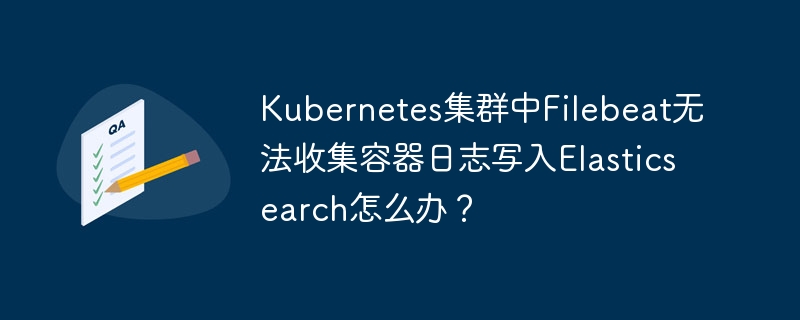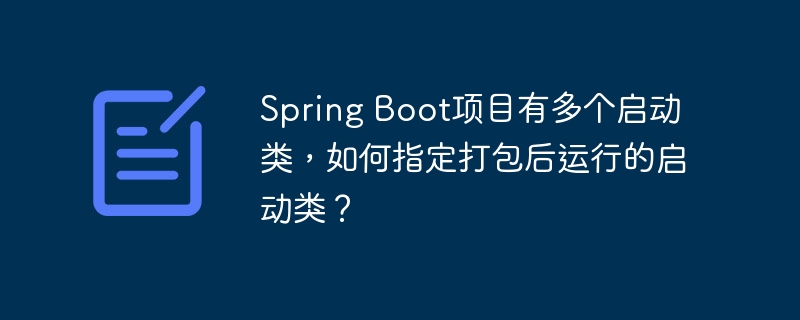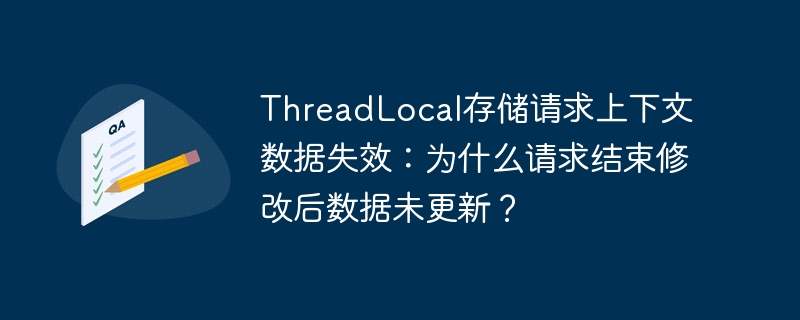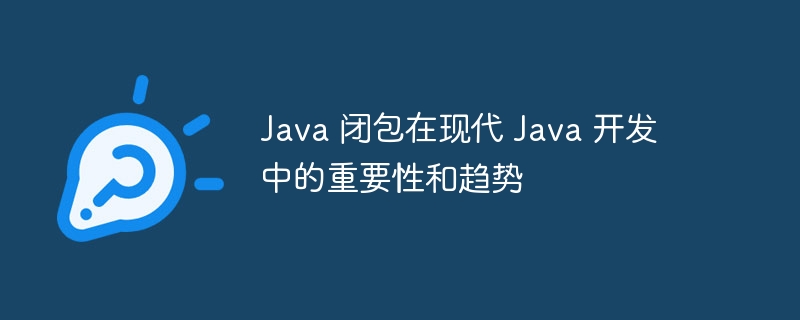1、一个参数的reduce
格式
Optional<T> reduce(BinaryOperator<T> accumulator)
T result = a[0];
for (int i = 1; i < n; i++) {
result = accumulator.apply(result, a[i]);
}
return result;2、两个参数的reduce
格式
T reduce(T identity, BinaryOperator<T> accumulator)
T result = identity;
for (int i = 0; i < n; i++) {
result = accumulator.apply(result, a[i]);
}
return result;3、三个参数的Reduce,其中get和set方法使用时省略。
格式
<U> U reduce(U identity, BiFunction<U, ? super T, U> accumulator,BinaryOperator<U> combiner);
static class ScoreBean {
private String name; //学生姓名
private int score; //分数,需要汇总该字段
public ScoreBean(String name, int score) {
this.name = name;
this.score = score;
}
//get 和 set 方法省略
}

在配置自定义线程池时,如果没有调用`initialize()`方法,程序仍然可以正常运行的原因可能有以下几种: 1. **自动初始化**:某些线程池实现可能在首次使用时自动进行初始化。在这种情况下,即使你没有显式调用`initialize()`方法,线程池也会在需要时自动初始化。 2. **延迟初始化**:有些线程池设计支持延迟初始化,即在第一次提交任务时才进行初始化。如果你的代码在使用线程池之前没有显式调用`initialize()`方法,但随后提交了任务,那么线程池可能会在提交任务时自动初始化。

MySQL订单数据该如何高效划分:三个月内和三个月前?

Kubernetes Filebeat容器日志写入Elasticsearch失败?终极解决指南

Java函数式编程的未来发展

Spring Boot项目有多个启动类,如何指定打包后运行的启动类?

ThreadLocal存储请求上下文数据失效:为什么请求结束修改后数据未更新?





